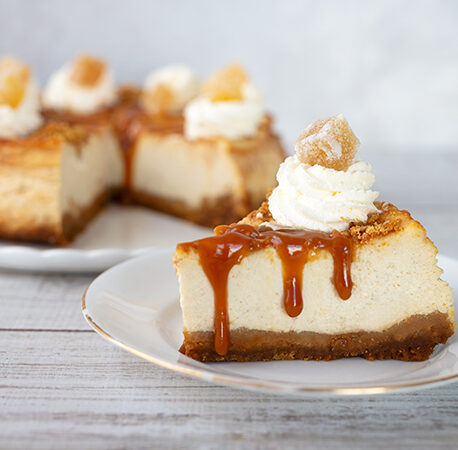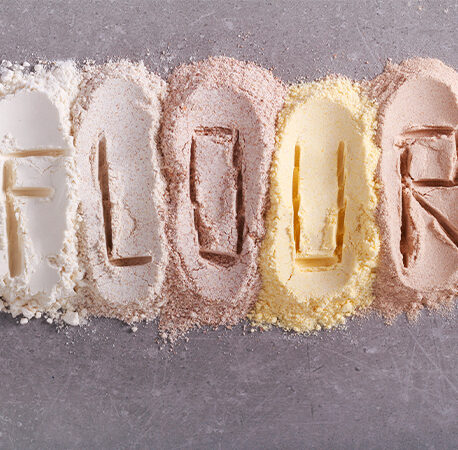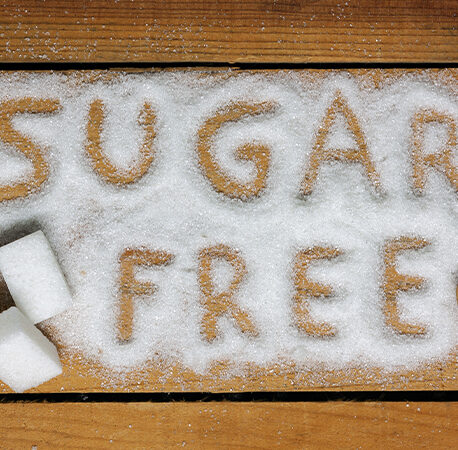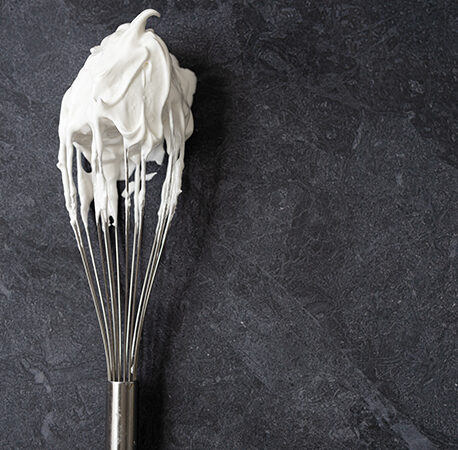Yeast is used as a leavening, or raising, agent in the baking of bread and similar foods. The use of yeast and the production of real, unprocessed bread has become popular again in recent years. The Home Economics Food Studies Assignment 2018 asks students to carry out research on the use of yeast in home baking.
Types of yeast
There are three main types of yeast available to buy in supermarkets. They are:
1. Fresh yeast
- Cream/beige in colour
- Beer-like odour.
- Can be stored in the refrigerator for 2-3 weeks.
- Use 15g of fresh yeast to 450g flour.
- It must be blended with a liquid until frothy before adding to flour.
2. Dried yeast
- Brownish grains.
- Yeast is dried to remove most water.
- Can last up to six months.
- Available in pre-measured packets.
- Use 7g dried yeast to 450g flour.
- It must be activated with a warm liquid and a food source before adding to flour.
3. Fast-action dried yeast
- A mixture of dried yeast and vitamin C, which speeds up fermentation.
- Available in pre-measured packets.
- Use 7g fast-action yeast to 450g flour.
- It does not need to be rehydrated before using in recipes.
How yeast works
- Fermentation is the process by which yeast acts on sugars and changes them into carbon dioxide (CO2) and alcohol.
- The carbon dioxide causes the dough to rise, while the alcohol will evaporate in the oven.
- All yeast breads should be allowed to rise at least once before baking for fermentation to occur.
- Gluten in the flour allows the baked good to hold its shape. Kneading helps to develop this gluten network.
- The Maillard Reaction creates a brown crust and adds flavour.
- Fermentation stops when the dough reaches 60˚C, as this is when the yeast dies during baking.
Tips to ensure success when using yeast
- Weigh all ingredients accurately, as too high a concentration of sugar or salt can kill the yeast.
- Yeast needs a warm environment to ferment, so use a warm liquid to activate the yeast.
- Allow the dough to rest and prove in a warm place.
- Use strong bread flour as it contains extra gluten.
- Knead the dough to develop and stretch the gluten. This will provide a network of gluten strands to trap carbon dioxide, helping the bread to rise evenly.
- Preheat the oven to the correct temperature. Too hot and it will kill the yeast; too cold and the dough will not rise to its potential.
Advantages of using yeast at home
- There are different types of yeast available, depending on the amount of time available to the baker.
- Fast action dried yeast allows fermentation to happen quickly. This is handy for busy home bakers.
- Few ingredients are needed to make basic yeast dough, making it very economical in comparison to commercial products.
- Dried yeast can be stored in a cupboard for up to six months.
Disadvantages of using yeast at home
- The baker must be careful when using yeast as there are several steps necessary to ensure its success.
- Yeast is easily killed, meaning that fermentation will not take place, thus leading to the potential of wasted ingredients and time.
- Baking with yeast is a time-consuming process as the dough must be given sufficient time to rest, prove and bake.
- Bakers must be careful when adapting recipes to their own taste, as too much sugar or salt will kill the yeast.
- summer events
- small business
- gut health
- OATLY
- healthy
- Crudo
- top tips
- All Together Now
- fridge cake
- Events Waterford
- food festival
- Events Ireland
- me auld flower
- news
- dublin
- events Dublin
- dublin festival
- Home-Cooking
- food and drink festival
- online cooking course
- festival line-up
- cooking
- Summer festival
- eco-friendly
- Events
- cosy
- Festivals Ireland
- wine
- Body & Soul
- grapes
- music festival
- south africa






You have to be signed in to comment this post.